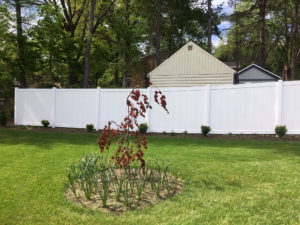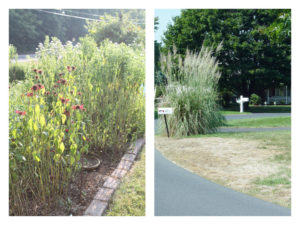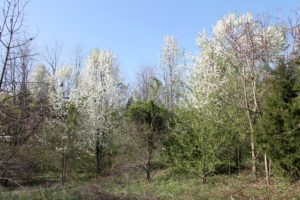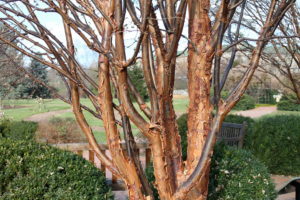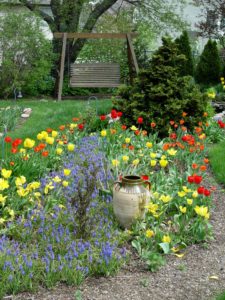I’ll Take the Smaller One, Please
September 29th, 2020
I’ve planted 11 trees at my new place in the last year and a half, and in every case, I bought small ones.
Small as in ones in the four- to six-foot-tall range as opposed to the bigger ones that many nurseries also offer.
I mention this because it’s a question I often get – “Which size tree should I buy?”
Nurseries and garden centers will tell you that tree shoppers often ask for the biggest and fastest-growing trees, saying something like, “I’ll be dead before I see a little one amount to anything.”
Fast-growers might throw out more shade than average- and slow-growers, but they also too often keep going to the point where they outgrow the space. And they do so at the expense of more brittle and less dense wood in exchange for the speedy growth.
Unfortunately, you can’t hit a pause or stop button on those fast-growers once the size is just right.
As for the size at buying time, numerous studies have found that smaller trees establish faster and usually match or surpass the size of the larger one, sometimes in as little as three years, according to a 2016 study at Texas A&M University.
That’s because large trees are generally field-grown ones that lose one-third to nearly one-half of their root systems when being dug and wrapped in burlap for transport.
Those trees tend to lag in growth until their root systems recover enough for the tree to invest energy in producing more and longer branches and more water-hungry foliage. They need to fortify their roots first.








